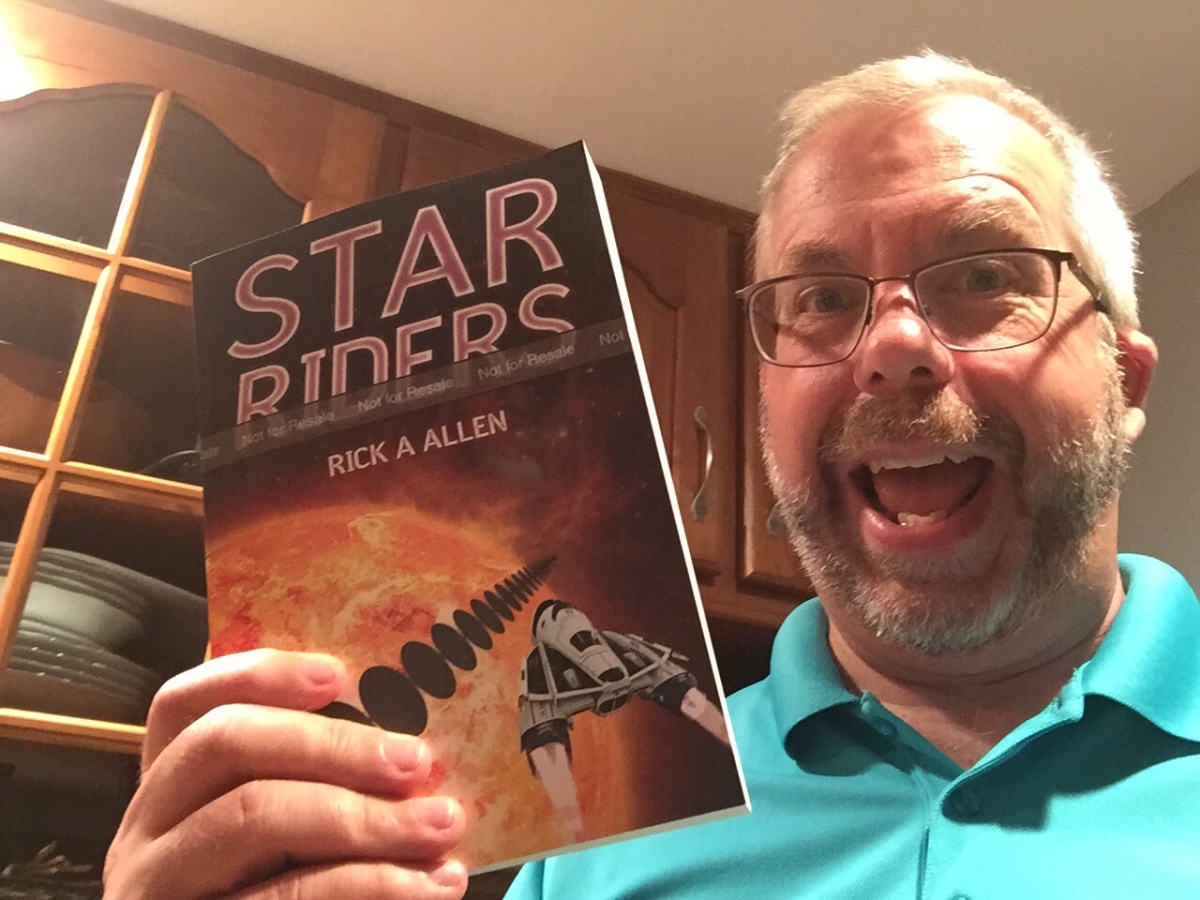You can buy The Rogue of Sevado now in e-book (paperback coming soon, just waiting on the cover from my graphic artist).
I’m not sure I can say exactly WHY it took so long, but I know I can’t blame anyone but me. I wrote about half of it during NaNoWriMo in November 2019(!), so it really should have been done a long time ago. I could blame the Covid shutdown, but other than any psychological depression that may have caused, it shouldn’t have held me up at all.
I went back and looked at the timeline:
| 9/26/19 | Started first draft |
| 2/17/20 | Completed first draft |
| 4/15/20 | Completed revision |
| 7/10/20 | Received revision back from Developmental Editor |
| 12/23/20 | Completed final revision |
| 1/2/21 | Received final revision back from Proofreader |
| 1/19/21 | Received cover and completed e-book formatting |
| 1/20/21 | Submitted to Amazon KDP |
I think the longest time period was that 5 months spent doing the final revision. I procrastinated a lot during that time, and could have done it much quicker.
Next time? I sure hope I can do the next one faster. I have a rough outline of what the next one is going to be, and I need to fill it in a lot more before I can start writing, and I’m anxious to get back to that.
Lessons learned: keep a daily schedule and do something every day, but plan on days off, too.
The main thing that could get in the way of a faster book this time will be the fact that we’re building a house this year. I’ll try not to let that become an excuse.
I’ll also try to write posts more frequently, too. I’ve been prioritizing my email list over this blog, so if you want to hear from me more often, just sign up for the list (see link at the top of the page, on the right, or click here).
I also just refreshed this website, with a new main page showcasing my three books. Check it out!







